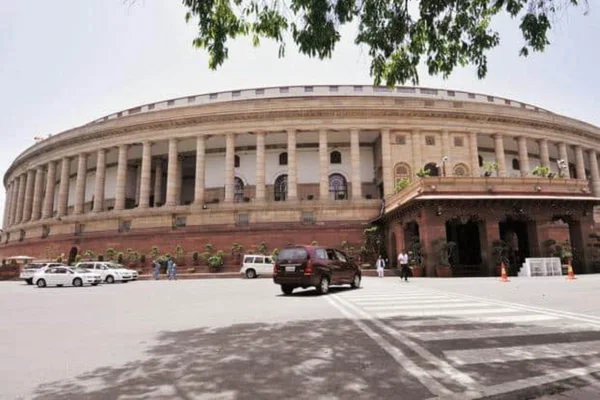The Supreme Court recently said the elections to the Rajya Sabha performs an integral function as a part of the Basic Structure of the Constitution.
Basis of the Supreme Court Judgement:
- It stated that the Council of States required “utmost protection” and the right to vote should be carried out freely without fear or persecution.
- The Rajya Sabha performs an integral function in the working of our democracy and its role constitutes a part of the basic structure of the Constitution.
- Therefore, the role played by elected members of the State legislative Assemblies in electing members of the Rajya Sabha under Article 80 is significant.
- Article 80 lays down the maximum strength of Rajya Sabha as 250, out of which 12 members are nominated by the President and 238 are representatives of the States and UTs.
- The free and fearless exercise of franchise by elected members of the legislative Assembly while electing members of the Rajya Sabha was necessary.
- This protects the dignity and efficient functioning of the State legislative Assembly.
- The court said parliamentary privilege was not to be restricted to only law-making on the floor of the House.
- It is extended to other powers and responsibilities of elected members, which took place in the Legislature or Parliament even when the House was not sitting.
About the Basic Structure of the Constitution:
- The doctrine is a legal principle developed by the Supreme Court through various judgments, most notably in the case of Kesavananda Bharati v. State of Kerala (1973).
- It holds that certain fundamental features or principles of the Constitution are inviolable and cannot be amended by the Parliament, even through constitutional amendments.
- In the Kesavananda Bharati case, the SC held that while the Parliament has the power to amend the Constitution, it cannot alter its basic structure.
- The court ruled that if an amendment seeks to “damage or destroy” the basic features of the Constitution, it would be declared unconstitutional.
- The concept of the basic structure is not explicitly mentioned in the text of the Constitution but has been inferred by the judiciary as inherent to the constitutional scheme.
- Some of the features identified as part of the basic structure include judicial review, rule of law, federalism, secularism, democracy, and the separation of powers.
- The doctrine acts as a check on the Parliament’s power to amend the Constitution and prevents it from altering the foundational principles that underpin the Indian democracy.
- It ensures that the core values and principles of the Constitution remain intact and are not subject to arbitrary changes by the ruling majority.
- Critics argue that it gives unelected judges significant power to strike down constitutional amendments, and contrary to the principle of parliamentary sovereignty.
- However, proponents argue that it is essential for maintaining the integrity and stability of the Indian Constitution, and protection from abuse by transient political majorities.
Ref:Source
| UPSC IAS Preparation Resources | |
| Current Affairs Analysis | Topperspedia |
| GS Shots | Simply Explained |
| Daily Flash Cards | Daily Quiz |



